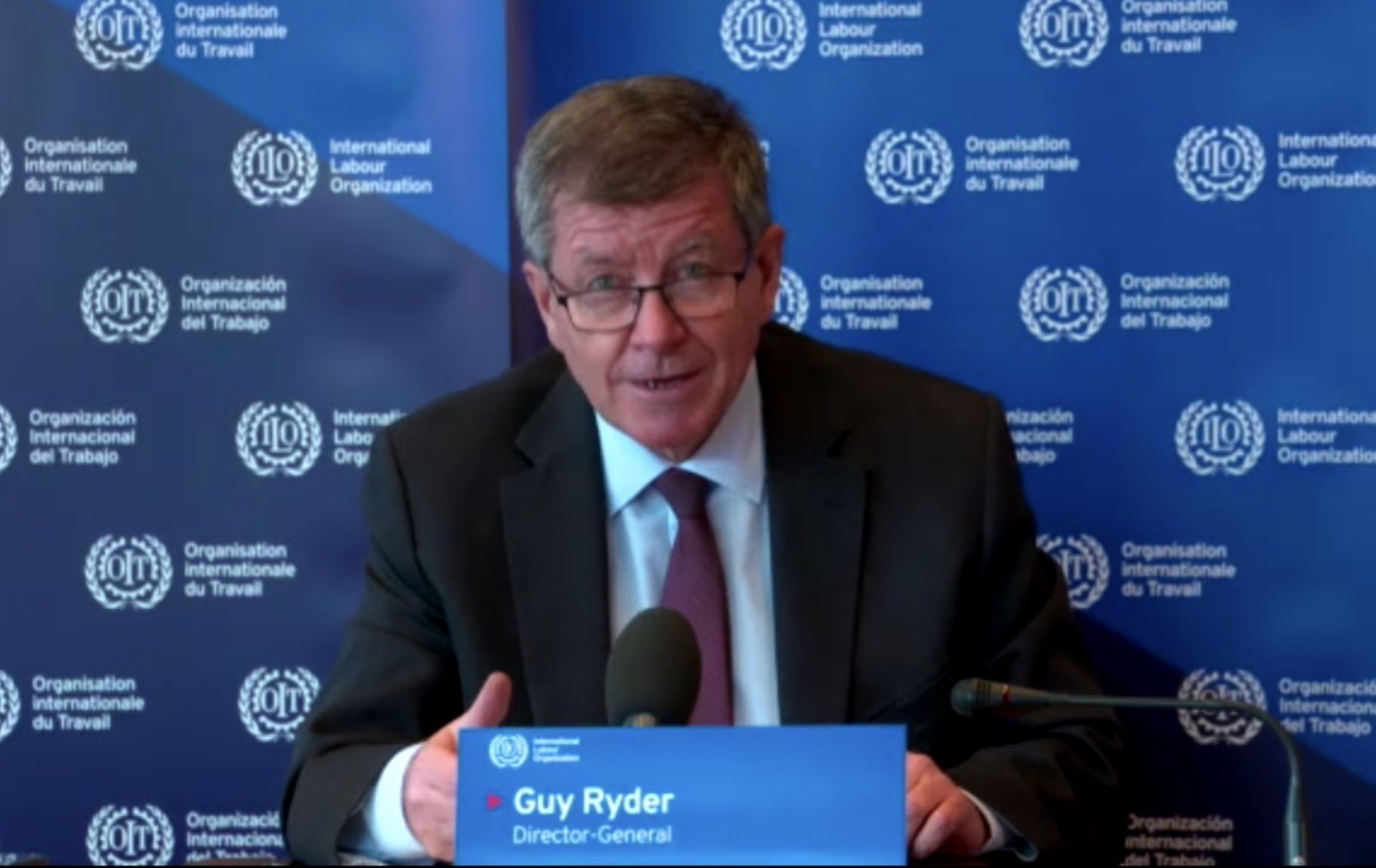December 2nd local time, the Global Wage Report 2020-2021 released by the International Labour Organization pointed out that affected by the COVID-19 epidemic, in the first half of 2020, two-thirds of countries faced downward pressure on their average wages; the increase in average wages in other countries is mainly due to human factors, contrary to Reflecting a large number of unemployed low-wage workers.
During the pandemic, average wages can be dramatically distorted by dramatic changes in the employment structure, which is called the “structural effect”, where the average wage of the remaining employees naturally increases when the majority of the unemployed are low-income workers.
In order to maintain employment, some countries have taken strong job retention measures, and the surge in unemployment has been eased. Therefore, the impact of the epidemic in these countries may be more reflected in downward pressure on wages than on mass unemployment.

The report shows that the wages of women and low-wage workers are disproportionately affected. Temporary wage subsidies in some European countries can compensate for about half of the lost wages due to reduced working hours and mitigate the impact of the epidemic on wage inequality.
In support of low-income workers, many countries that regularly adjust their minimum wage have raised their minimum wages as planned in the first half of 2020.
Focusing on the issue of minimum wage, the report points out that 90% of ILO member countries have a statutory or negotiated minimum wage. An estimated 266 million workers worldwide earn below the current hourly minimum wage because they are not protected by minimum wage laws or are not subject to minimum wage regulations.
The Minimum Wage Fixing Convention stipulates that the appropriate minimum wage level shall be determined by social dialogue and shall take into account the needs of workers and their families, as well as economic and institutional factors, including the current rate level.
Adjustments that are frequent enough are essential to maintain an appropriate minimum wage level, which is usually reflected in the absence of regular rate adjustments over time.
At the same time, the report points out that in the short term, appropriate and balanced wage policies need to be formulated through strong and inclusive social dialogue to support the economic recovery.
When planning for a better new “normal” after the pandemic, statutory or negotiated minimum wage rates help reduce inequality.
Guy Ryder, Director-General of the International Labour Organization, said that the COVID-19 epidemic has increased inequality, causing poverty and social and economic instability may be disastrous. Economic recovery strategies must be people-centred and require appropriate wage policies that take into account both the sustainability of work and enterprises, but also address inequalities and maintain demand.
According to the Global Wage Report 2020-2021, the global wage growth rate fluctuated between 1.6% and 2.2% in the four years before the outbreak; if China is excluded from the sample, the real wage growth rate fluctuated at a low level in these four years, that is, between 0.9% and 1.6%.
Real wages in the developed economies of the G20 are growing by 0.4% to 0.9%, while the wages in emerging economies of the Group of 20 are growing by 3.5% to 4.5% a year.



